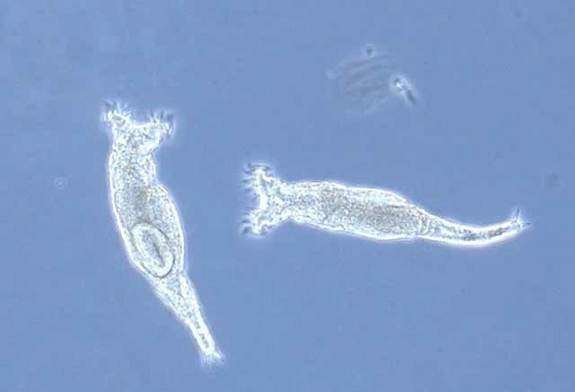In this state, you can drop them into boiling water or freeze them almost to absolute zero — that is the level where even atoms give up — and, when this torment has finished and they are returned to a more pleasing environment, they will uncurl and move on as if nothing has happened. So far, about 500 species have been identified (though other sources say 360), but nobody has any idea, even remotely, how many there may be altogether. For years almost all that was known about them was thanks to the work of a devoted amateur, a London clerical worker named David Bryce who studied them in his spare time. They can be found all over the world, but you could have all the bdelloid rotifer experts in the world to dinner and not have to borrow plates from the neighbors.

Even something as important and ubiquitous as fungi — and fungi are both — attracts comparatively little notice. Fungi are everywhere and come in many forms — as mushrooms, molds, mildews, yeasts, and puffballs, to name but a sampling — and they exist in volumes that most of us little suspect. Gather together all the fungi found in a typical acre of meadow and you would have 2,500 pounds of the stuff. These are not marginal organisms. Without fungi there would be no potato blights, Dutch elm disease, jock itch, or athlete's foot, but also no yogurts or beers or cheeses. Altogether about 70,000 species of fungi have been identified, but it is thought the number could be as high as 1.8 million.











